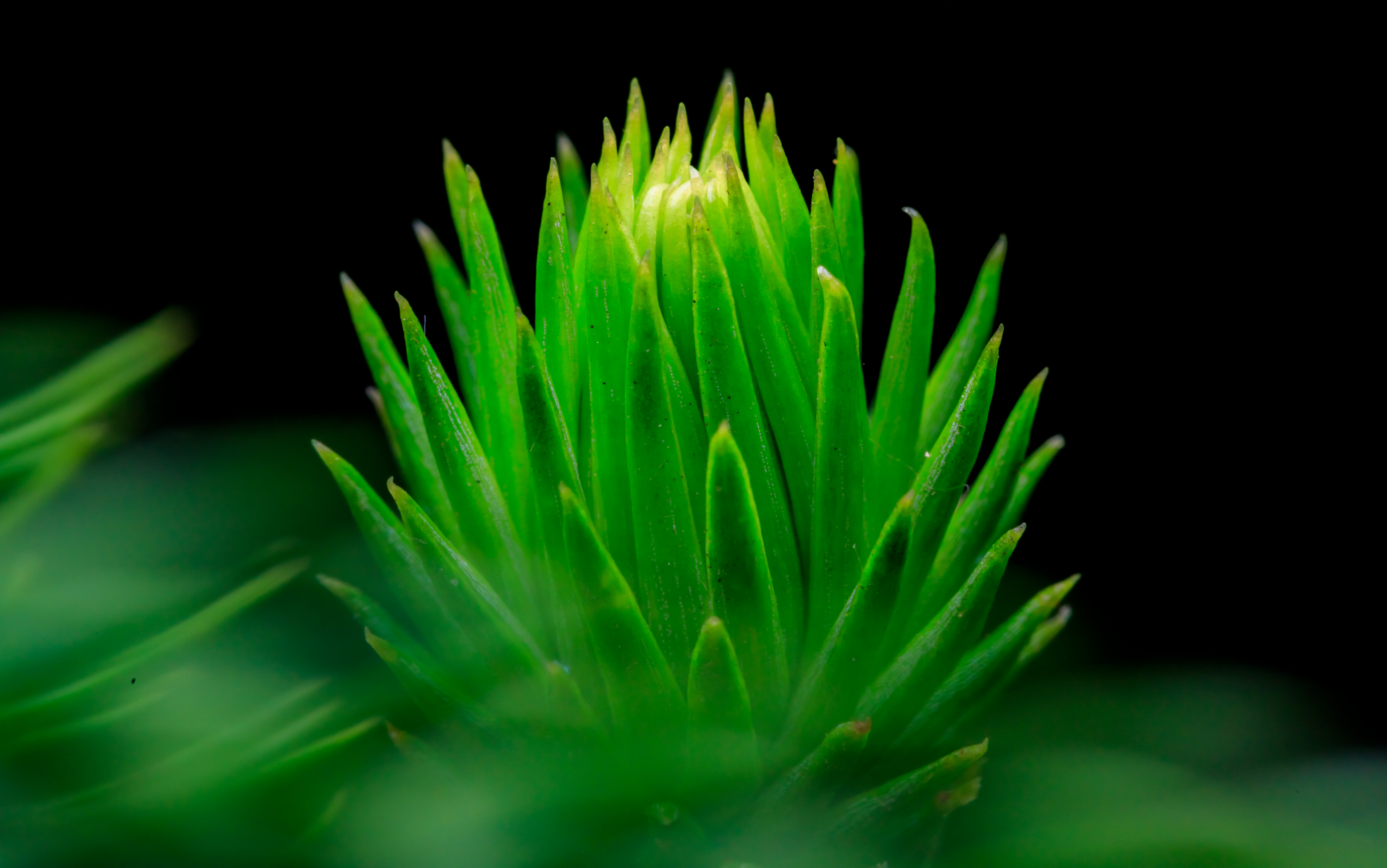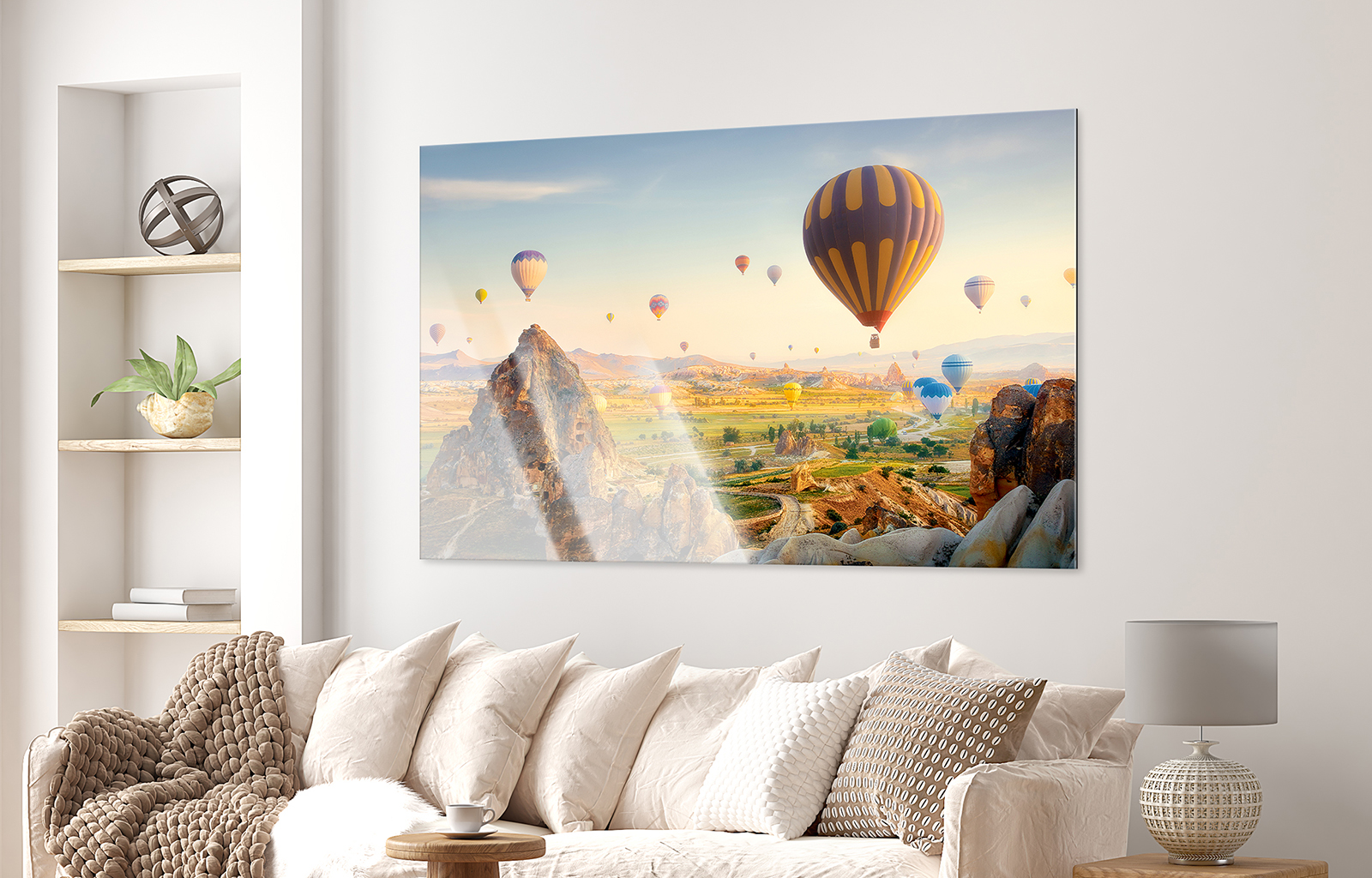Sponsored Post
Rooting for the Underdog: Matthew Cicanese on Exposing the Hidden World Beneath our Feet
May 10, 2018
“Red soil mites have a really bad rap on the Internet,” says nature photographer and ecology enthusiast Matthew Cicanese. “The gardening societies are always talking about how you can get rid of them.” But Cicanese thinks people wouldn’t be so hard on the little guys if they just got to know them better. That’s the goal of much of his photographic work: To introduce viewers to the hidden microcosms all around them.

Cicanese, who is partially deaf and blind, describes photography as the “missing link” he needs to compensate for his impaired senses. His hope is that, by expressing his fascination with nature through imagery, he will help people see the beauty he sees in microenvironments, and expose them to the outliers in this world. He magnifies tiny creatures into vividly detailed macro images that show all the complexity and character we’re used to seeing in species our own size. “The challenge is how to take something that’s the size of a pencil eraser and show that it matters as much as that polar bear on the iceberg,” says Cicanese. “The underdog species—mosses, fungi, lichens, insects and arachnids, all the little things that literally make up the ground beneath our feet—are as important as the apex predators that we all know and love.”
To capture his revelatory images, Cicanese knows that having the right tools is essential. “There comes a point where the ability of the tech you’re using will either hinder or rocket boost your outcome,” he explains. The Canon DSLRs I use are very much a rocket booster for my work.” Cicanese has recently been shooting with the 26.2-megapixel EOS 6D Mark II. It gives him the full-frame optical quality and professional performance he needs, but it’s small and rugged enough to carry with him on arduous hikes. The camera’s lightning-fast autofocus lets him capture the little surprises in nature that can flutter away as quickly as they appear, and its sensitivity range up to ISO 40000 helps him record the events of teeming worlds that spring to life in the crepuscule and along the shadowy forest floors.

Cicanese’s interest in the natural world isn’t purely artistic. He studied environmental science and entomology at Florida Southern College, and as a National Geographic Explorer and Emerging League Photographer with the International League of Conservation Photographers, he also accompanies scientists into the field. His images from those expeditions are a study in scale and ecology. They range from close-ups of delicate lichen filigrees to documentary shots of the researchers studying them. He also creates expansive vistas that dwarf the scientists in the frame, making them look as tiny as ants in the landscape.
When it comes to macro work, Cicanese has been using a Canon MP-E 65mm f/2.8 1-5X lens to bring the microscopic details to life. It’s in these close-up settings especially that he needs to keep his kit light and shoot handheld. “Getting a perspective that puts you in the subject’s world can be really difficult with tripods and timers and such,” he explains. With the 6D Mark II’s articulating touchscreen LCD as a viewfinder, he’s able to position the camera quickly, and get a clear view of the critical details. He can also move seamlessly from shooting a tiny subject at shin level to taking overhead photos or video of the scientists studying it.
Having the tools to explore both the wider landscape and the little worlds within it has only made nature seem more vast and intriguing to Cicanese. “There are just so many things that are completely apart from our world yet very much a part of it,” he says. “It’s a really big frontier that I don’t think will ever fully be observed.”
To learn more about the EOD 6D Mark II, visit shop.usa.canon.com.
—Sponsored by Canon




